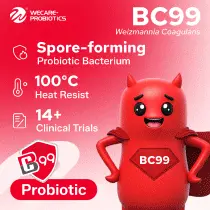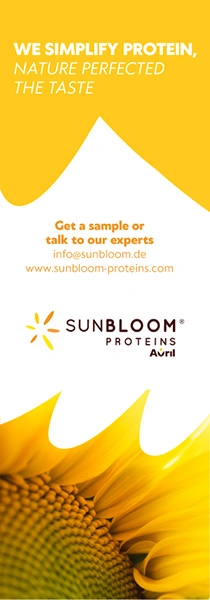
- Industry news
Industry news
- Category news
- Reports
- Key trends
- Multimedia
Multimedia
- Journal
- Events
- Suppliers
Suppliers
- Home
- Industry news
Industry news
- Category news
- Reports
- Key trends
- Multimedia
Multimedia
- Events
- Suppliers
Suppliers
Color of food impacts kids’ choices

The findings of a research state that children are prepared to eat foods that look similar to foods that they have tried and liked.
24/03/05 Psychologists at the University of Birmingham have discovered that babies who are weaned onto foods such as rusks go on to have a preference for beige foods such as crisps and chips.
The findings of the research state that children are prepared to eat foods that look similar to foods that they have tried and liked. They build up their own visual prototype of the kind of foods they like to eat and, as a result, they will reject foods that do not fit into this category without even tasting them.
Infants who are introduced to a wide range of new tastes, including fruit and vegetables, in the first year of life show an increased preference for those tastes later on, so by getting them to try many different foods in the early stages of life, they are likely to go on to liking those foods.
At two years of age a child will recognise foods that it has eaten in the past and that it likes, and it will start to respond to slight changes in appearance, for example, a biscuit that is broken. Although slight changes in appearance are more acceptable, a food that does not match the visual prototype will be rejected without tasting as a 'not known' food.
The research was funded by the Economic and Social Research Council.











